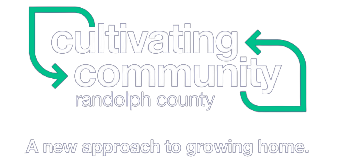The Drug Epidemic
Take advantage of the resources that are available to Randolph County as one of the hardest hit counties in the state. Combining this funding with the momentum driven by Drug Free Randolph County (DFRC) and developing a strong collaboration with the state “drug czar” could make Randolph County a national model in transformation a rural county on the front lines of the drug crisis. Have a purposeful discussion about the stigma of drug abuse, in the context of it being a mental health issue. Indiana’s Next Level Recovery Program supports this view, stating that “people with substance use disorder have a dis-ease and they cannot overcome it alone. Recovery involves support, respect and growth in the community and the individual.” Support for meaningful conversations around stigma, treatment, and recovery is critical, as is continued support for DFRC. How to effectively and substantively engage high school students should also be considered. Build community – in all that it means. The drug crisis is partially the result of the convergence of economic crises, decline of mid-skill level employment opportunities, and the sense of loss of community or loss of other institutions. While incredibly important, addressing the drug crisis alone will not lead to ultimate success as it is largely a symptom of broader challenges facing our communities and country. Building community – institutionally, socially, physically, etc. – as described in other sections of this report, is the keystone of success in addressing the drug issue.



